If you are looking to add a touch of tropics to the landscape around your home, then the dwarf banana tree should be your go-to plant.
Bananas are one of the stress-free plants to grow, all thanks to their quick growth rate, ability to thrive in poor soil, and their relatively pest-free nature.
When it comes to dwarf banana tree care, dwarf banana trees such as the "Dwarf Cavendish" or "Dwarf Brazilian" are easier to manage, because they do not grow as big as their other cousins that are larger.
Table of Contents
Dwarf Cavendish Banana Tree | Overview
Dwarf Cavendish banana tree, also known as ladyfinger banana is a widely grown banana tree whose name was derived from the height of its pseudostem, and not its fruit as most people think. It originates from East Asia.
Dwarf Cavendish banana trees produce leaves that are broad with very short petioles. Dark Cavendish banana trees are preferred over the taller varieties because of their short height.
Their shortness makes them stable, resistant to wind, and generally easy to manage. Additionally, they are fast-growing, and this makes them people's favorite banana trees.
The male bracts and flowers of dwarf Cavendish cultivar do not shed. Its fruits grow as long as from 15 cm to 25 cm and are usually thin-skinned. Each plant of the dwarf Cavendish cultivar can bear up to 90 fingers.
The dwarf Cavendish, as approved by NASA, is an indoor air purifier. It is capable of efficiently removing a reasonable amount of formaldehyde that could be released into a home by treated indoor furniture.
Read Also: When to Pick Banana Peppers
Growing Dwarf Banana Trees Indoors
Dwarf bananas are best grown indoors because of their height and size that occupy less space in a home, unlike the regular large ones. However, you would need a big pot that is deep enough to contain its many roots. This pot should also provide adequate drainage.
Growing dwarf banana indoors is similar to growing it outdoors. Dwarf bananas, whether grown indoors or outdoors, require rich, well-draining humus soil. Add a rich potting mix as well. It also requires plenty of sunlight.
Indoor dwarf banana trees require at least about 12 hours of sunlight. However, your dwarf banana tree needs to be protected from excess sunlight. Too much sunlight that causes the plant to become too hot leads to scorching.
While dwarf banana trees do well in rich humus soil, it also requires a soil whose pH levels are between the values of 5.5 to 7.0; thus, it thrives in slightly acidic to neutral soil.
During planting, ensure that the banana rhizome is upright, and its roots are well covered with soil. The soil should be continuously watered but not excessively as this would leave it in a pool of water that would lead to root rot. The rule is water the soil only when the plant has dried out some water.
Dwarf bananas require warm temperatures to thrive, ensure that your home is humid enough for them. They require night temperature of about 67 degrees F. (19 C.) are ideal and day temperatures in the 80s (26 C.).
Typically, a healthy dwarf banana tree that is well cared for, with adequate access to water, warmth, and nutrient, will easily grow an inch in a week or more. However, dwarf banana trees grown indoors do not usually fruit. They provide beautiful aesthetics but not fruits.
Read Also: Best Arthritic Hands Pruners
Dwarf Banana Tree Care
Having gone through how to grow dwarf banana tree indoors, let's now look at the proper dwarf banana tree care so you'll know how to care for this beautiful plant for the best growth.
The care tips for dwarf banana would be discussed under different subheadings below for better understanding and application. Without any further ado, let's get started.
Soil Requirements
The ideal pH level of soil for a dwarf banana tree is midrange. Dwarf banana tree enjoys soil with a pH level of 5.5 to 7. It also enjoys well-draining soils. If the soil is too moist or soggy, the plant will develop root rot.
As a precautionary tip, do not grow a dwarf banana tree in a soil that had shown signs of fusarium fungal infection. Use well-amended sterile potting soils that are of high quality in the planters and the outdoor site.
Boost the soil in your planting site or potting mix by adding some fertilizer to each of them. In addition to adding compost as a boost, you can add peat moss or vermiculite for improved moisture retention. For improved aeration and drainage, add 20% perlite.
If you wish to add compost to the soil, do not use freshly produced compost. That is because freshly composted material is warm, and warmth retards plant growth or even damage the banana corm. So use an aged compost material.
After planting your dwarf banana tree, mulch the base to a depth of 4 inches to keep in moisture and discourage the growth of weed.
Dwarf Banana Tree Light Requirements
Dwarf banana trees are sun-loving plants. For their optimal growth and vitality, they require at least 8 hours of sunlight and at least an extra 4 hours more sunlight to encourage fruiting. For a dwarf banana tree that is trying to fruit, it would require at least 12 hours of sunlight.
When the dwarf banana tree is being for ornamental purposes and not for its fruits, it can be kept away from direct sunlight and put in the shade. Most indoor dwarf banana trees are grown for ornamental purposes; hence they are kept in the shade where they can get warm light.
A warm light for indoor dwarf banana trees helps promote richer and deeper green foliage, while full sunlight helps promote lighter leaf coloration with a yellow to greenish tone. However, full sunlight helps in promoting flowering.
Dwarf banana trees enjoy conditions with the least temperature of 57 degrees Fahrenheit and temperatures that are above 60 degrees Fahrenheit. The optimal temperature for a dwarf banana tree is between 75 to 90 degrees Fahrenheit.
During the frosty winter period, there is a need to bring in the dwarf banana tree indoors to safeguard it from the cold weather. While indoors, provide the plant with adequate light and place it in a comfortable condition that would not hinder its growth.
Read Also: Best Plants to Grow with Watermelon
Water
When it comes to dwarf banana trees, moderate watering is highly essential. The dwarf banana tree requires frequent watering but not too much of it, as banana trees are highly susceptible to root rot. Meanwhile, under-watering causes slow growth and wilting.
Dwarf banana trees grown in pots and containers will require more water than those grown in the ground. That is because soils in containers dry out faster. To avoid the risk of under watering or overwatering water, the soil when it has dried out on top by half an inch. Never allow the potting mix to be left soggy.
If the dwarf banana tree is planted in the ground, avoid overwatering the soil as well. Always water the soil when it is dry in the top half-inch to an inch. Most of the dwarf banana trees grown outside require at least an inch of water per week for each plant.
This quantity of water would change as the weather changed. During colder weather, the plant will require less water, while during hotter weather, the plant will require more water.
Mulching the base of the plant also helps in conserving moisture in the soil. Generally, dwarf banana trees enjoy high humidity. They thrive at a humidity level of 50 percent and higher.
Fertilizer Requirements
Dwarf banana trees feed a lot. They require a monthly fertilizer application for optimal growth and development. Fertilizers that are high in phosphorus, such as 8-10-8, are ideal for dwarf banana trees. However, if you do not find such fertilizer, you can use a balanced fertilizer such as 10-10-10.
Young dwarf banana trees need 65 to 75 percent strength fertilizer. If you are growing the plant with the hope of getting some fruits, you would have to use a fertilizer that is high in potassium.
Banana fruits need potassium to grow. You can use of fertilizers in the proportion of 10-10-15 or 10- 10- 20.
But if you are growing your dwarf banana tree indoors, you don't need to apply fertilizers heavily on it. Dwarf bananas grown indoors do not grow fast; they are quite slow in growth and would require just 50% of the fertilizer used on a dwarf banana tree grown outdoors.
Read Also: Best Mulch for Garden
Dwarf Banana Tree Re-potting
When growing a dwarf banana tree, you should use a large and deep pot with a good-sized drainage hole that should allow at least about 3 inches of space on every side of the corm or banana base. But some people make mistakes in picking the appropriate pot for the dwarf banana tree.
To re-pot a wrongly potted plant or a grown plant, select the most suitable pot as described above. Fill the lower part of the pot with sterile potting soil that is new and has been mixed with fertilizer.
In a careful manner, remove the dwarf banana tree from its old pot. Shake off loose soil particles and set the plant into the new pot.
Fill up the spaces in the pot and around the plant with new sterile potting soil that has been amended with fertilizer. Then place a 4 inches layer of mulch on the soil.
A dwarf banana tree will stop growing when it becomes root-bound. To encourage new growth, you should re-pot it or cut parts of the corm if you wish to retain the same pot.
Now, watch the short video below to learn more about how to grow dwarf banana tree inside:
Conclusion
Caring for a dwarf banana tree can be tasking, but the maintenance is well worth it at the end because, aside from producing succulent fruits, they add a beautiful aesthetic to homes and gardens.
Dwarf banana trees are susceptible to pests and disease attacks, so ensure to be on the lookout for these pests and diseases, and take necessary actions against them as soon as possible.

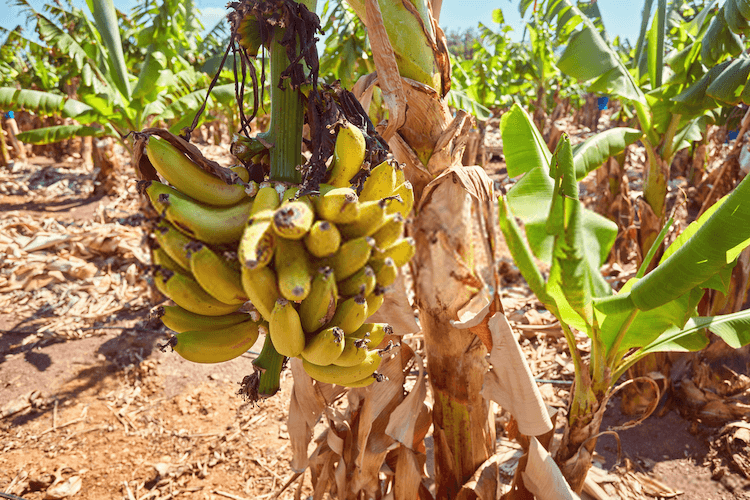
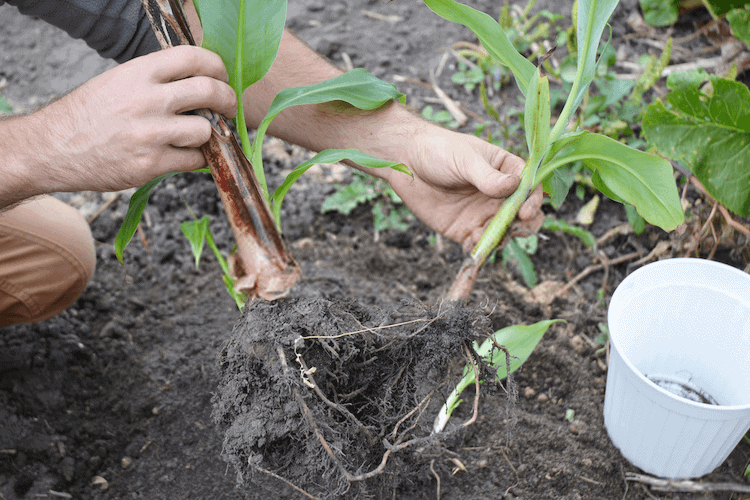
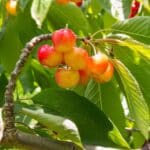

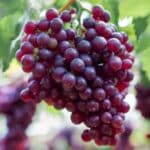
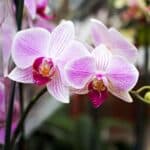
Alan
Hi
My tree is in a big pot but now it seems to be dying, can giving it to much fruit tree fertilizer or cut the new sprouts off kill it? I have had it over 2yrs but still no fruit. Now I have changed the soil hoping it will bring it back to life